Unlike most popular beliefs that boundaries are the sign of selfishness and extreme rigidity, boundaries actually bring you closer to people. To clear your confusion, read on to know the biggest myths about boundaries.
We live in a time of constant contact. Of virtual reality. Never feeling like we have enough information or detail about the latest and greatest news within our circle of family, friends, neighbors, colleagues, and even people we have never met – but know from afar.
On the one hand, this makes it an extraordinary time to be alive. Things are always changing and evolving and giving us insight into how the minds of others work. It is also a time of marked anxiety and fear of missing out, messing up, and disconnecting from the deeper focus of what true connection and relationships are all about.
As I thought about this week’s post and about what I thought might be really useful to others in helping them start to heal and enhance their relationships – the word that kept coming to me over and over again is BOUNDARIES.
There Are Several Myths About Boundaries.
Many of us confuse boundaries with over pliability or extreme rigidity, neither of which is a healthy exploration of the topic. And while the discussion of boundaries, as well as the nuanced meanings around this word, could make for endless contemplation; for our purposes, I’ve condensed this to a shortlist of what, in my opinion, are the three biggest myths about boundaries.
Related: Why Do We Need Boundaries With People We Love?
1. Boundaries Are Mean.
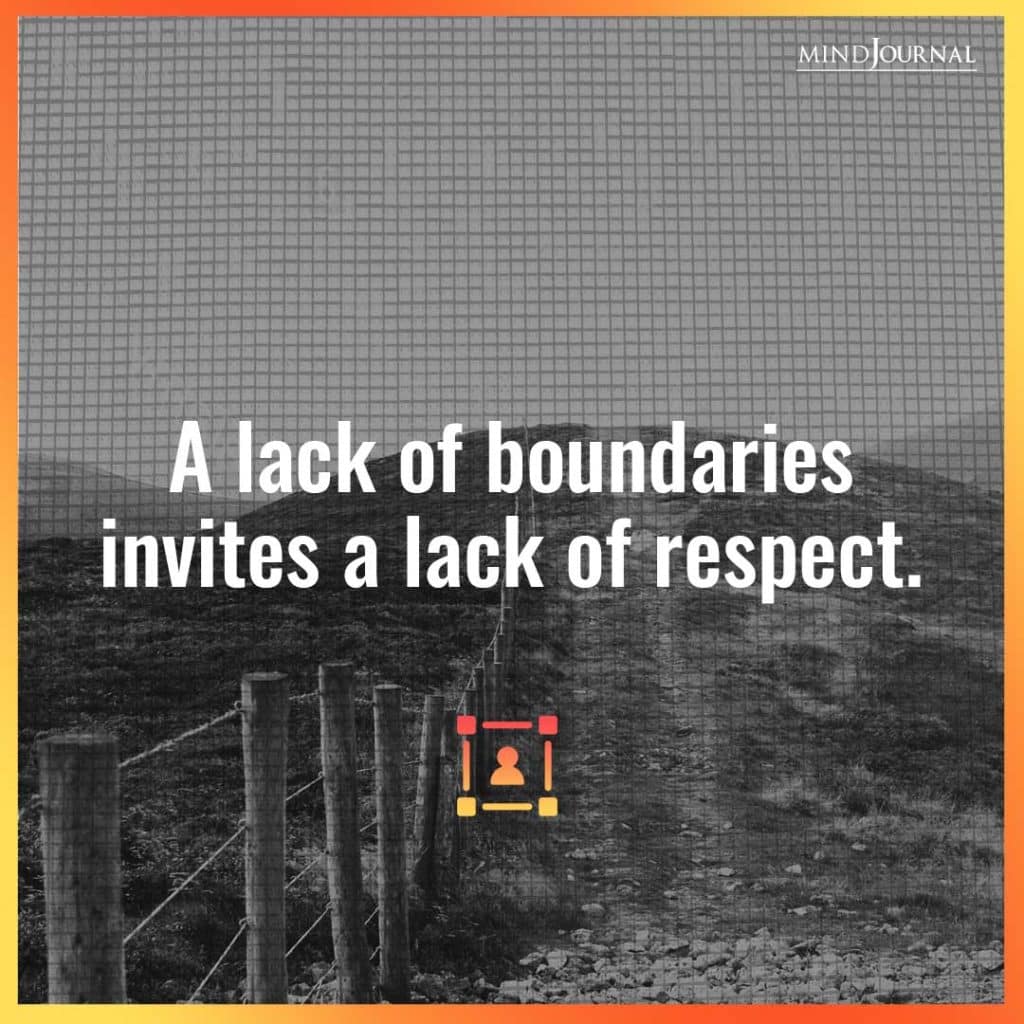
This is one of the popular myths about boundaries! So many of us grew up in families where either everyone talked about everything to everyone (at the expense of everyone and everything), or, conversely, where nobody talked about anything to anyone and learned to always go it alone (where there was rigidity and no authentic connecting at all).
As human beings, we are neither meant to be in constant contact with others about every single thing that happens in our lives nor are we meant to function in total isolation and autonomy. When we learn, through nurture or nature; however, to vacillate or cling to either of these extremes, our relationships suffer – including our relationship with ourselves.
Related: Healthy Boundaries: How To Protect Your Personal Space
If you are a person who grew up in the former type of environment, you most likely learned that to say no meant abandonment of others and that you were responsible for the feelings, emotions, reactions, and needs of everyone around you.
This type of environment most likely taught you that when you tried to set a limit around interaction or gossip or even your space and time, that you were either told you were bad or shown you were bad through the emotional retaliation of everyone else around you.
This observation doesn’t mean you or your family are bad; it simply means that there has been some serious confusion about what the word means and how it functions to form healthy and breathable relationships.
Think about someone you know who has either really healthy friendships or romantic endeavors – or both. What you will most likely notice are a few things. The type of person with a healthy connection to others knows how to say no when it is appropriate. They know how to not respond to a text immediately if they are in the middle of a serious task at work.
They know how not to invade other people’s personal items or space. They know how to allow their friends and loved ones to have opinions and feelings outside of what they may think or believe.
And, most importantly, they know how to tell the other person when they have transgressed a physical, emotional, or spiritual boundary that has made them feel unsafe in a way that is clear, concise, and non-shaming.
The person who is healthy in relationships isn’t afraid that if they say no they will be forgotten or left. This person is assured in him/herself and confident in the fact that they get to say no when it is appropriate. And, finally, the healthy person doesn’t keep their boundaries secret or try to trick or manipulate the other person into respecting them.
In truth, boundaries; which simply say you are you and I am me and, no matter how much we love one another we are still separate beings, make the people you are closest to know that you are a safe person upon whom they can rely to both speak the truth and respect their truth in return.
Related: Setting Boundaries That are Clear and Well-Expressed
2. Boundaries Are Rigid.
Many people confuse the word “boundary” with meaning rigidity and/or coldness, when, in reality, that could not be any further from the truth. Don’t get me wrong, there ARE people (most likely from the family type listed in Myth 1- where everyone had a secret and everyone was an island) who present as rigid and walled and cold and distant, but those people aren’t setting real boundaries at all.
They are erecting walls that keep anyone and everything from getting close to them; which, in turn, pushes people away and feeds into the idea that the only safe way to live is to keep people as far away as possible.
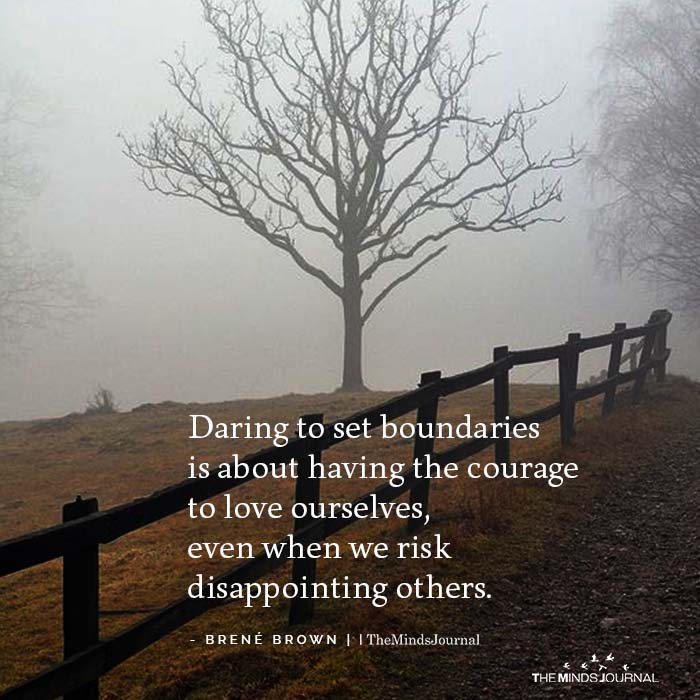
This type of behavior (not to be confused with healthy boundary setting) actually hurts others and confuses the very people who love us most. (Note: some people who have severe trauma histories have learned to erect these rigid walls as a form of self-protection. When they do this, it doesn’t mean they are bad or even that they don’t love you. It means they are afraid…more on that in another blog).
In truth, healthy boundaries are not linear. And they aren’t solely dependent on one reaction in all circumstances. Healthy boundaries are variable and dependent on who we are with, what the nature of our relationship is to them, how long we have known the person and even the environment in which we are acquainted.
Related: 10 Reasons Why Your Boundaries Don’t Work
Healthy boundaries don’t close doors to everyone on site. Rather, healthy boundaries close doors on inappropriate people who have shown us they are not to be trusted, leave a crack in the door for new acquaintances, leave the door half open for some close and personal friends and acquaintances and leave the door wide open only for a handful of truly close, safe and intimate connections. Healthy boundaries are also open to change.
Maybe we closed a door on someone and then they have come back into our lives and shown us they have changed. In that situation, a healthy person might start to open that door again…to listen..to wait, and to see how things unfold.
Maybe that person who hurt us and came back into our lives – over time – gets to have the door totally wide open again down the line. Maybe they don’t. But it shouldn’t be all or nothing. In most cases, healthy boundaries are not black and white; they are and or if.
3. Our Boundaries Are Other People’s Responsibility.
This is one of the biggest myths about boundaries. I can’t even count how many times I have heard clients and friends express huge disdain for someone transgressing their boundaries. Even to the point of blaming the other person for their discomfort in a situation.
While I can certainly, both personally and professionally, relate to the frustration felt when someone continues to transgress boundaries; what I can also say without reservation is that – as adults – nobody is responsible for our boundaries except for us. That is right. As adults, nobody is responsible for our boundaries except for us.
The way I like to describe healthy boundaries is like a soccer field. There are many moving parts and all kinds of variables on a soccer field, which is also true of boundaries. Just as the game is always changing, we as people are always changing, and so is our relationship to boundaries. But what is the one thing that ALL soccer fields have on both sides?
A goalie and a net. While there are many ways to protect the ball from hitting the net, there is still only one goalie on each side and, in the world of adult boundaries, that goalie is and always must be you.
Different people in your life may be allowed different layers of access to you and varying parts of your life; but in the end, the you that keeps you safe is the person that defines who those people are and which parts of you they get to see.
In truth, you are the goalie of your own life. And your boundaries, nor the building blocks that make up your life, can happen without you.
What are the other myths about boundaries that you know?
To learn more and get the help you or your company needs now, Please contact me and refer to this blog.
Written By: Blythe Landry Originally Appeared On: Bythelandry.com Republished with permission.


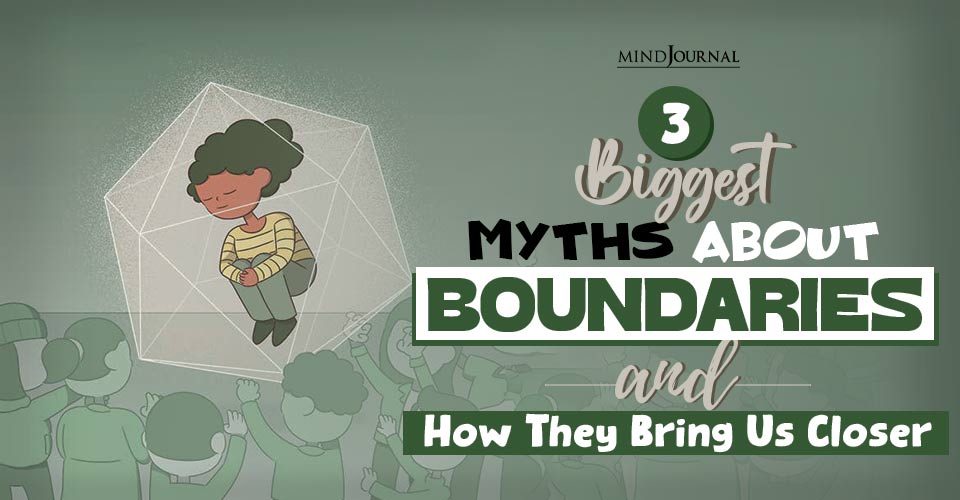

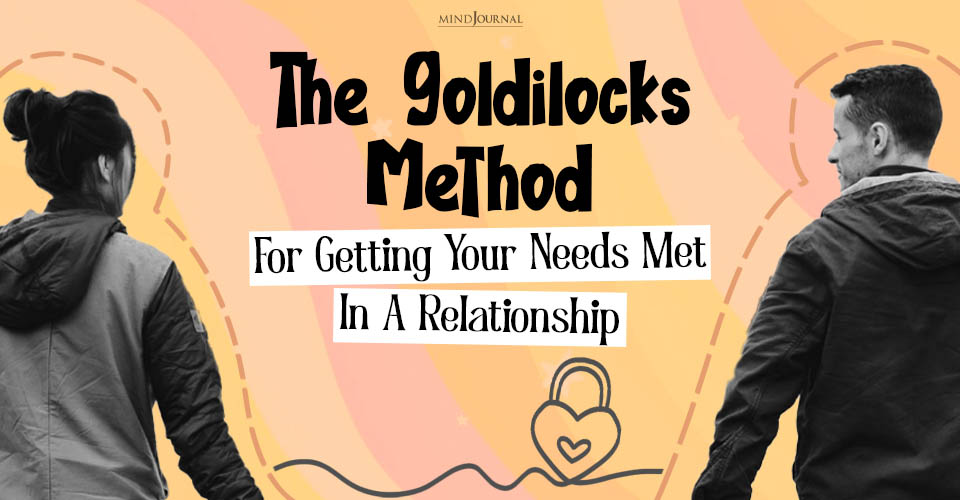
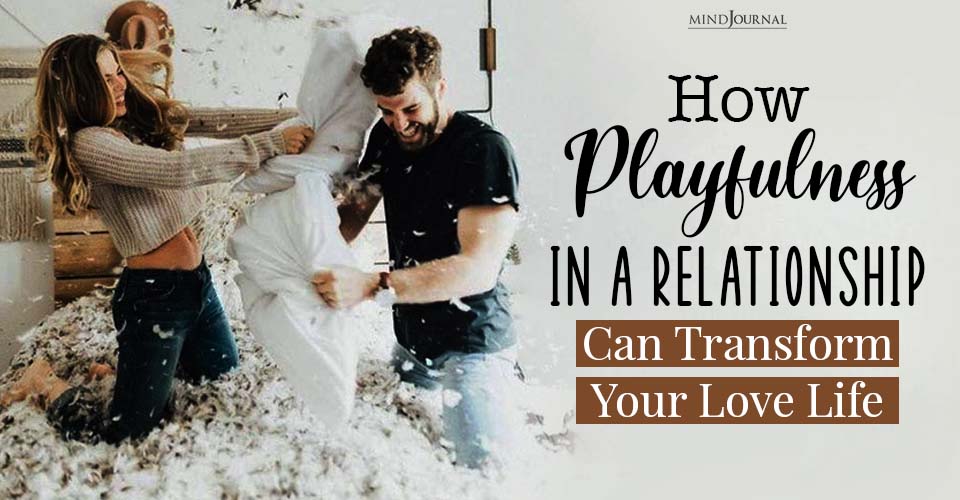
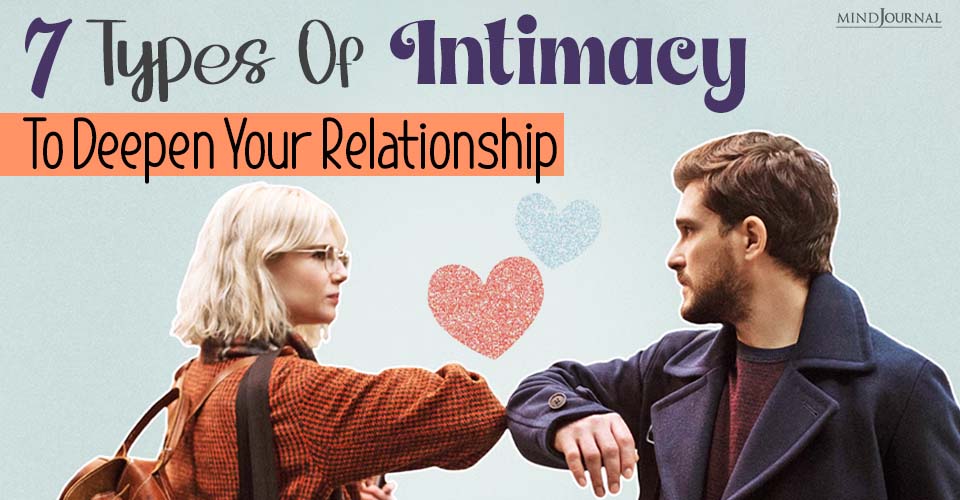

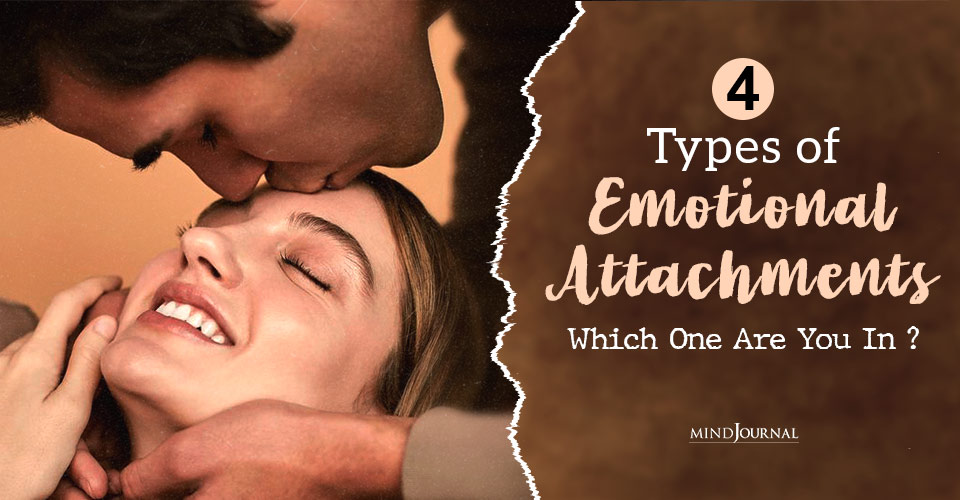
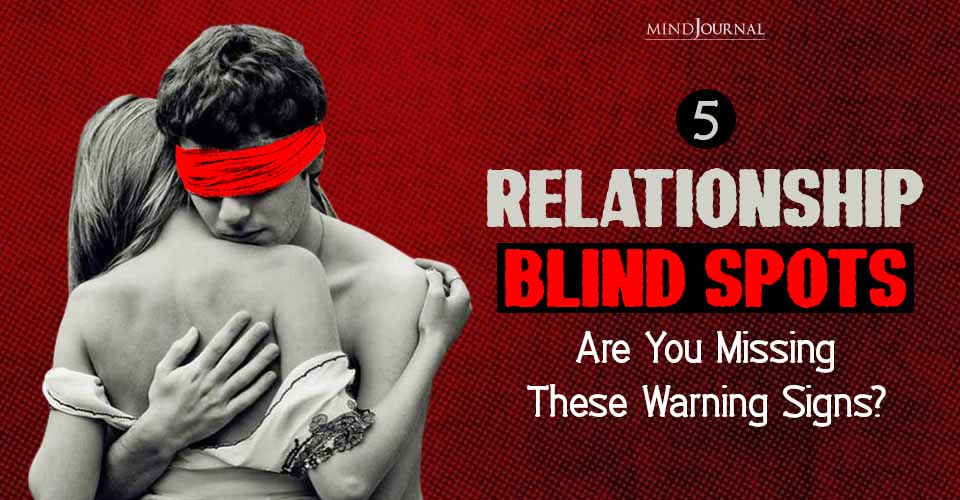
Leave a Reply